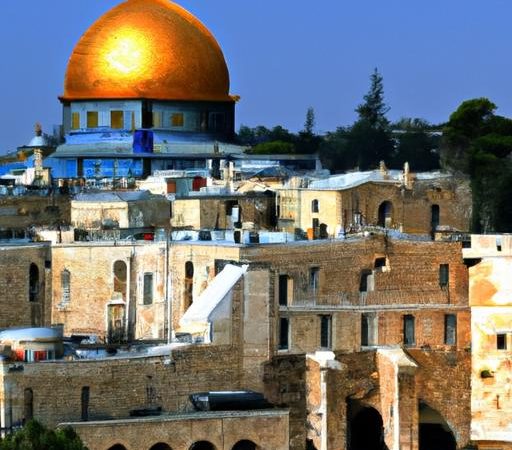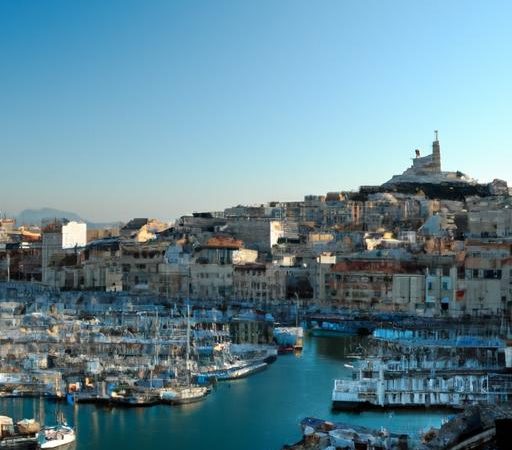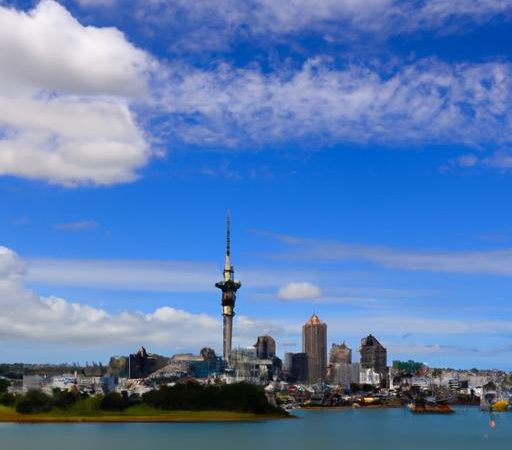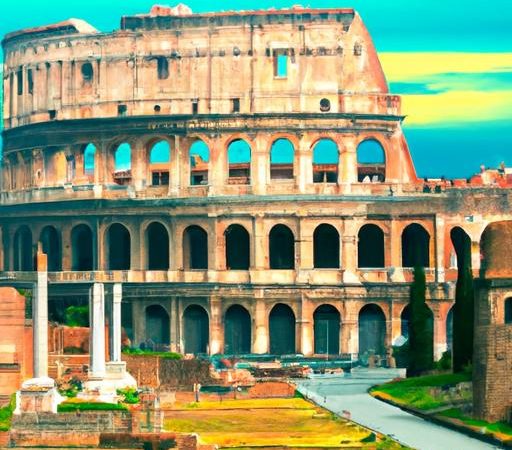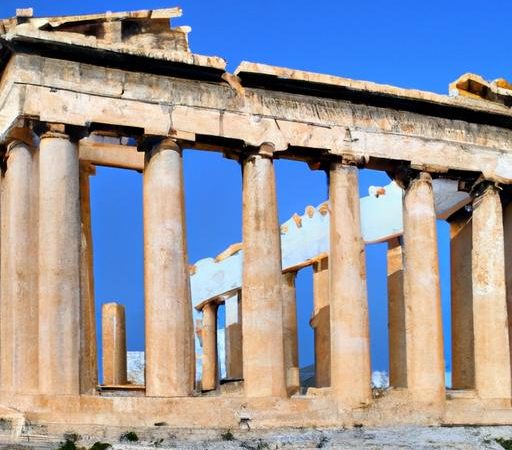St. Petersburg: Russia’s Cultural Capital
– What are some must-see cultural attractions in St. Petersburg?
St. Petersburg: Russia’s Cultural Capital
St. Petersburg, also known as the Venice of the North, is one of Russia’s most iconic and culturally rich cities. With its stunning architecture, world-class museums, and vibrant arts scene, St. Petersburg has long been a magnet for artists, writers, and culture lovers from around the world. In this article, we will dive into what makes St. Petersburg such a unique and fascinating destination, exploring its history, landmarks, and cultural offerings.
The History of St. Petersburg
Founded by Peter the Great in 1703, St. Petersburg quickly became a prominent cultural and political center in Russia. The city was designed to rival the great European capitals of the time, with its grand boulevards, majestic palaces, and picturesque canals. Over the centuries, St. Petersburg has been a stage for some of the most significant events in Russian history, from the Russian Revolution to the Siege of Leningrad during World War II.
Landmarks and Must-See Attractions
St. Petersburg is home to an impressive array of landmarks and attractions that showcase its rich cultural heritage. Some of the must-see sights in the city include:
- The State Hermitage Museum: One of the largest and most prestigious museums in the world, housing a vast collection of art and artifacts.
- The Winter Palace: Former residence of the Russian tsars, now part of the Hermitage Museum complex.
- The Church of the Savior on Spilled Blood: A stunning example of Russian Revival architecture, decorated with colorful mosaics.
- The Peter and Paul Fortress: The original citadel of St. Petersburg, housing the Peter and Paul Cathedral where many Russian rulers are buried.
Cultural Offerings
St. Petersburg is a cultural powerhouse, with a thriving arts scene that encompasses theater, ballet, music, and literature. The city is home to world-renowned institutions such as the Mariinsky Theatre, the Russian Museum, and the St. Petersburg Philharmonic Orchestra. Visitors to St. Petersburg can enjoy performances of classical ballet and opera, explore cutting-edge contemporary art galleries, and attend literary festivals and book readings.
Practical Tips for Visitors
If you’re planning a trip to St. Petersburg, here are some practical tips to help you make the most of your visit:
- Obtain a visa: Make sure to arrange a visa before your trip, as most visitors to Russia require a visa to enter the country.
- Dress appropriately: St. Petersburg can be cold and rainy, especially in winter, so be sure to pack warm clothing and waterproof gear.
- Use public transport: St. Petersburg’s metro system is efficient and easy to navigate, making it a convenient way to get around the city.
Benefit of Visiting St. Petersburg
Visiting St. Petersburg offers a unique opportunity to immerse yourself in Russian culture and history. From its grand imperial palaces to its vibrant contemporary arts scene, St. Petersburg has something to offer every type of traveler. Whether you’re a history buff, an art lover, or simply looking to explore a new and exciting destination, St. Petersburg is sure to captivate and inspire you.
Conclusion
St. Petersburg, Russia’s cultural capital, is a city like no other, with its rich history, breathtaking architecture, and vibrant arts scene. Whether you’re exploring the grandeur of the Hermitage Museum, attending a ballet performance at the Mariinsky Theatre, or simply strolling along the city’s picturesque canals, St. Petersburg has a wealth of experiences waiting to be discovered. Plan your trip to St. Petersburg today and immerse yourself in the beauty and culture of this iconic city.
St. Petersburg, also known as “the Venice of the North” is a city rich in history, culture, and beauty. It is the second-largest city in Russia and the country’s cultural capital. Known for its stunning architecture, grand palaces, and vibrant arts scene, St. Petersburg is a must-visit destination for anyone interested in Russian history and culture.
In this article, we will delve into the rich history of this beautiful city, explore its top cultural attractions, and provide some practical tips for planning your trip to St. Petersburg. So, let’s get started!
History of St. Petersburg
St. Petersburg was founded by Peter the Great in 1703, making it a relatively young city by European standards. Peter the Great wanted to create a “window to the West” and build a magnificent city that would rival the great cities of Western Europe. He brought in architects and engineers from Italy, France, and Germany to design and construct the city.
Over the years, St. Petersburg has played a significant role in Russian history, from being the capital of the Russian Empire to being a center for the Russian Revolution. It has survived through wars, revolutions, and political upheavals, and has emerged as a symbol of Russian resilience and cultural magnificence.
Top Cultural Attractions in St. Petersburg
St. Petersburg is home to numerous cultural attractions that showcase its rich history and heritage. Let’s take a look at some must-visit places in the city:
1. The State Hermitage Museum: This world-renowned museum houses a vast collection of over 3 million works of art and artifacts, including works by European masters such as Rembrandt, Da Vinci, and Michelangelo. The stunning Winter Palace, which is the main building of the museum, is an attraction in itself, with its stunning Baroque architecture and opulent interiors.
2. The Catherine Palace: This grand palace was the summer residence of the Russian tsars and is located in the town of Pushkin, just outside of St. Petersburg. The palace is known for its stunning blue and white facade and its opulent interiors, including the famous Amber Room, which is covered in panels of amber and gold.
3. The Church of the Savior on Spilled Blood: This unique church is a must-visit for its stunning mosaic interior, which covers almost every inch of the walls and ceilings. It was built on the site where Emperor Alexander II was assassinated in 1881 and is an iconic landmark in St. Petersburg.
4. The Mariinsky Theatre: This world-famous theatre is home to the renowned Mariinsky Ballet and Opera, which has produced some of the greatest dancers and musicians in the world. The theater itself is a stunning example of Russian Baroque architecture and is a must-visit for ballet and opera enthusiasts.
5. Peter and Paul Fortress: This iconic landmark was the first building constructed in St. Petersburg and served as a fortress to protect the city from enemy attacks. Today, it houses the Peter and Paul Cathedral, the burial place of the Russian tsars, and is a popular spot for tourists to explore and learn about the city’s history.
Practical Tips for Visiting St. Petersburg
Now that you know about some of the top cultural attractions in St. Petersburg, here are some practical tips to help you plan your trip:
1. Visa: If you’re planning to visit St. Petersburg, you will need a visa. The process can be time-consuming, so make sure to apply well in advance to avoid any last-minute stress.
2. Seasons: St. Petersburg has a distinct four-season climate, with cold and snowy winters and mild summers. The peak tourist season is from May to September when the weather is pleasant, and the famous White Nights Festival takes place.
3. Transportation: The city has a comprehensive public transport system, including buses, trams, and the metro, which is the most convenient and cost-effective way to get around. Taxis are also available, but make sure to agree on the fare before getting in.
4. Accommodation: St. Petersburg has a wide range of accommodation options to suit every budget. You can stay in a luxury hotel, a budget hostel, or rent an apartment through Airbnb or other rental sites.
5. Language: The official language in St. Petersburg is Russian, but English is widely spoken in tourist areas. Learning a few basic Russian phrases can be helpful and appreciated by the locals.
In conclusion, St. Petersburg is a city like no other, with its blend of European and Russian influences, stunning architecture, and a rich cultural heritage. Whether you’re interested in history, art, or music, this city has something for everyone. So, plan your trip to St. Petersburg and get ready to be captivated by its beauty and charm.


